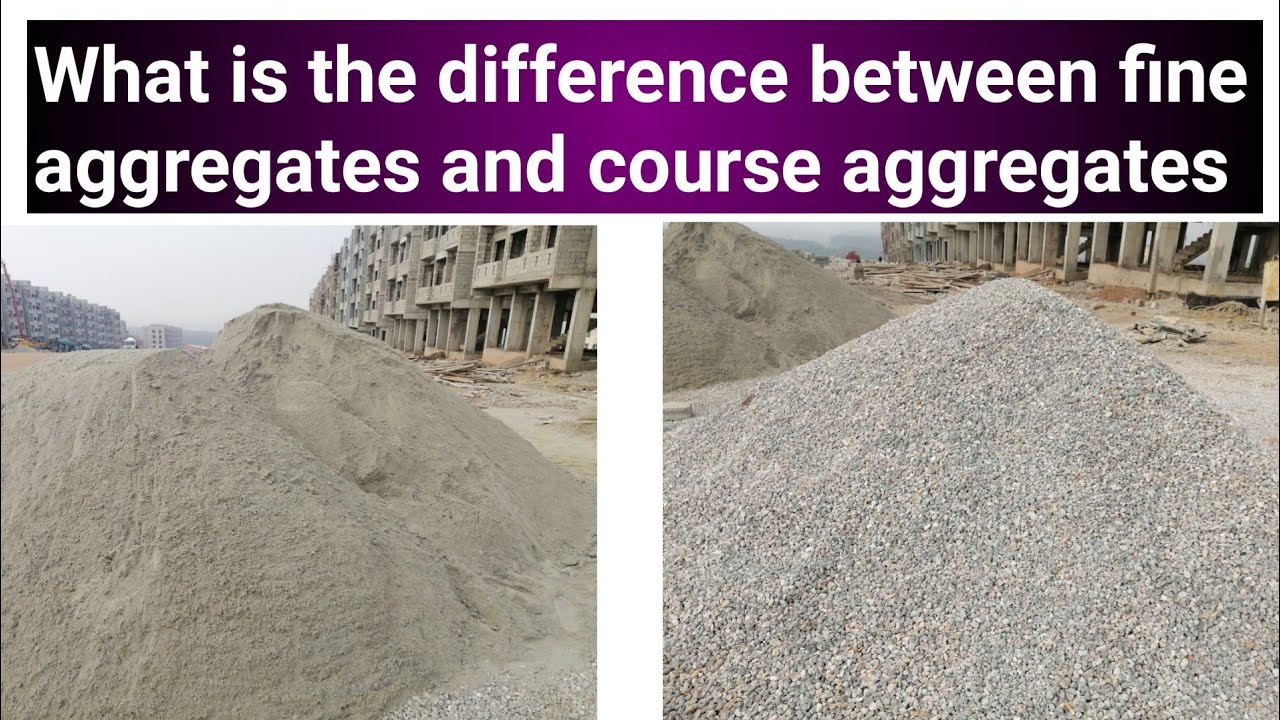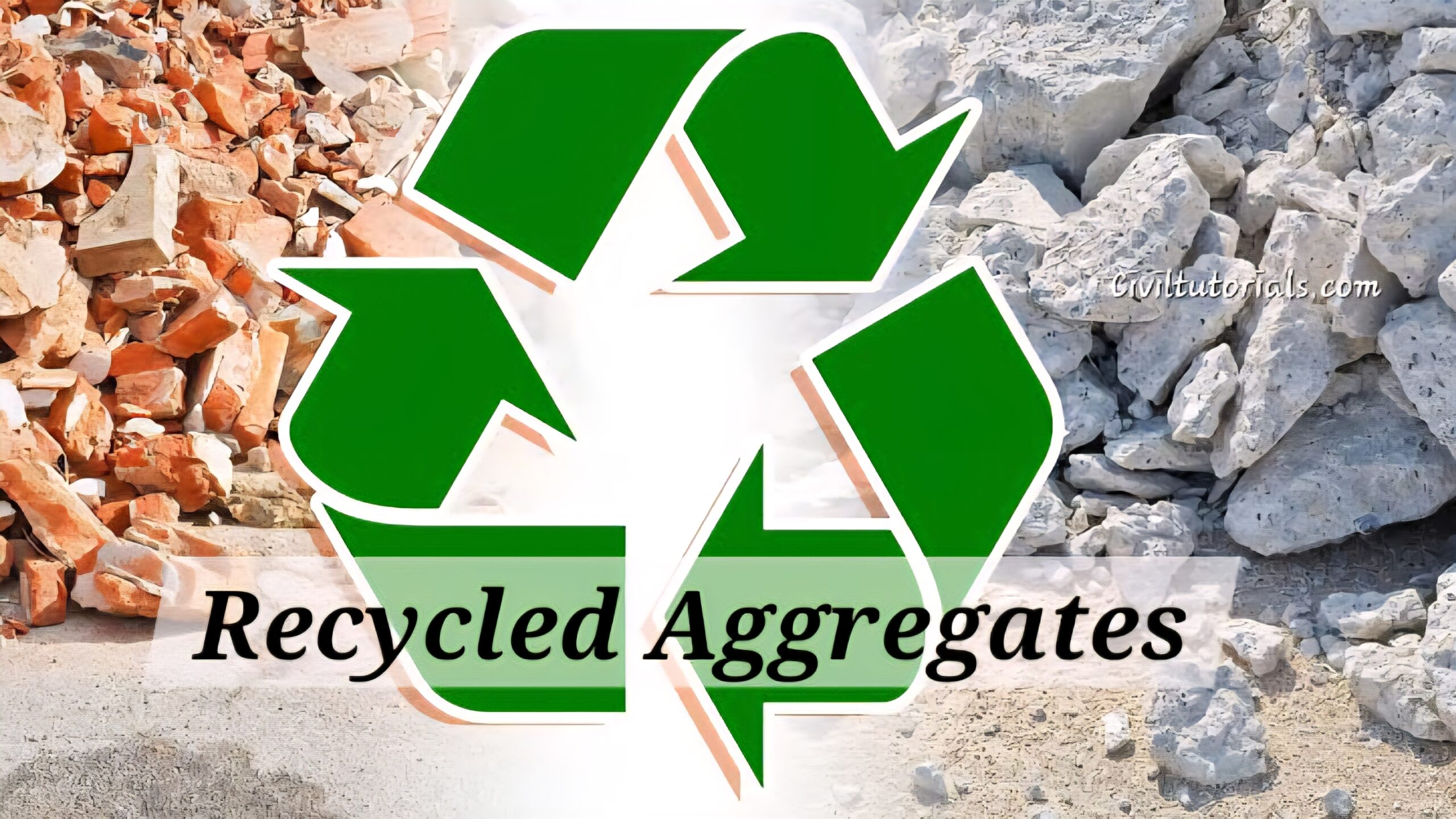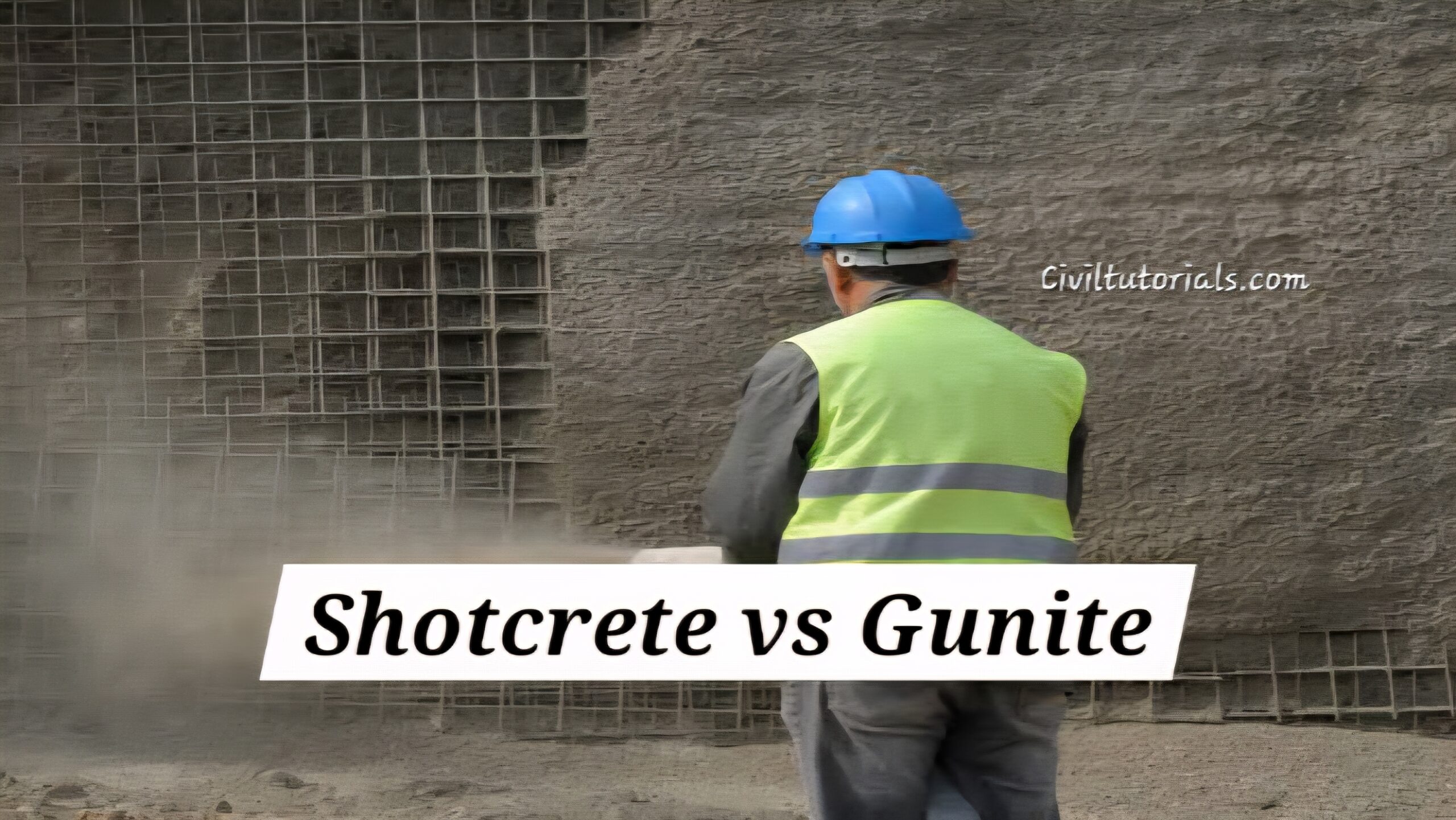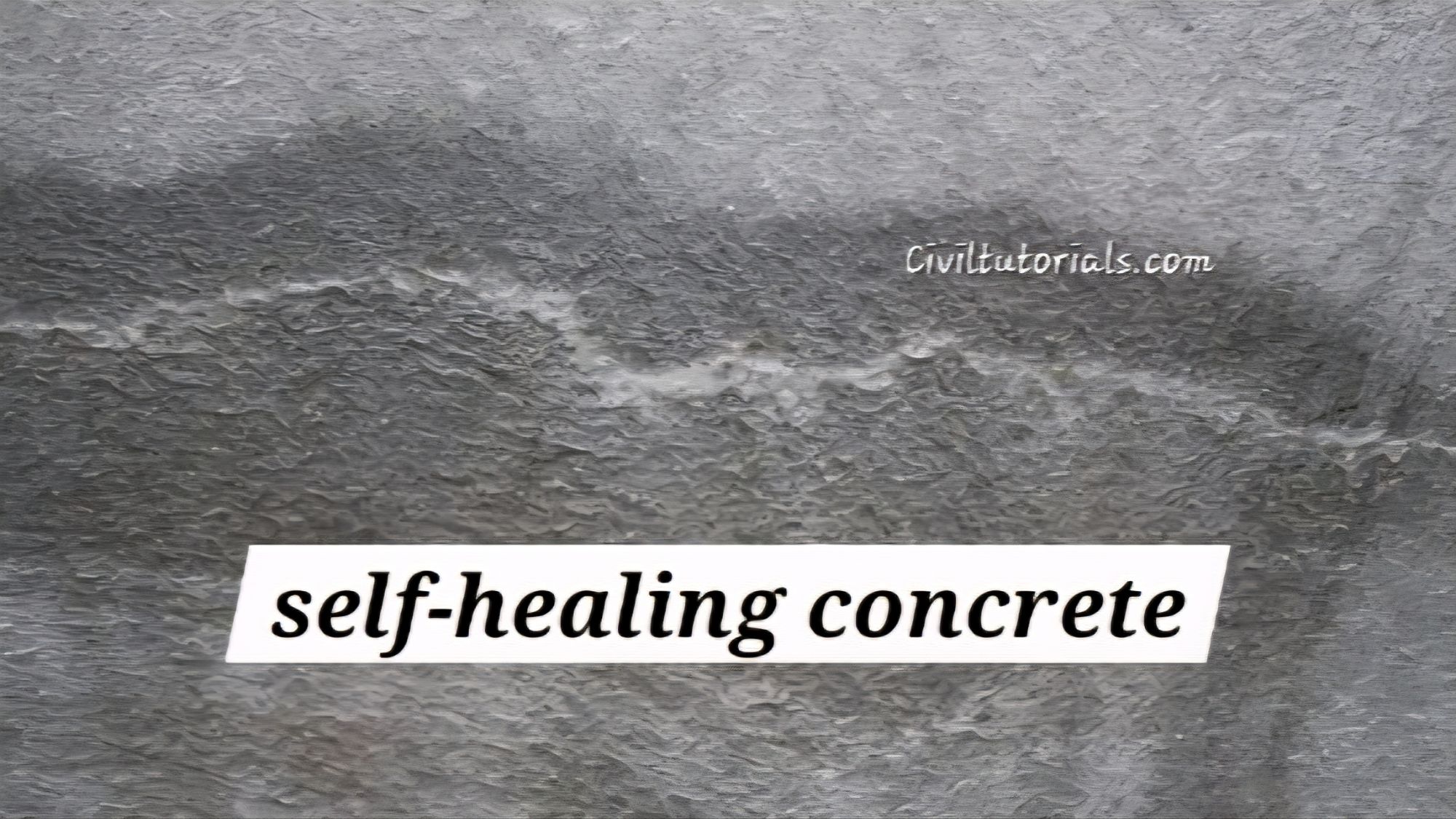If you’re looking for an affordable roofing solution, you may have heard about roll roofing—but what is roll roofing exactly? Roll roofing is a type of asphalt-based roofing material that comes in large rolls, typically 3 feet wide and 36 feet long. Designed for low-slope roofs, this economical option provides quick waterproofing protection for sheds, garages, and other outbuildings.
In this complete guide, we’ll explain everything you need to know about roll roofing in simple terms. You’ll learn about the different types available, where they work best, and why this budget-friendly option remains popular for certain applications.
How Roll Roofing Works
Roll roofing differs from traditional shingles in its application and design:
✔ Comes in continuous rolls rather than individual pieces
✔ Made of asphalt-saturated felt or fiberglass mat
✔ Mineral granules on one side for UV protection
✔ Installed with nails and adhesive rather than just nails
✔ Designed for roofs with 1:12 to 4:12 pitch
3 Main Types of Roll Roofing
1. Smooth-Surface Roll Roofing
Basic asphalt-impregnated felt
✔ Best for: Temporary covers, underlayment
✔ Pros: Most affordable, easy to install
✔ Cons: Short lifespan, plain appearance
2. Mineral-Surfaced Roll Roofing
Coated with colored mineral granules
✔ Best for: Sheds, garages, porches
✔ Pros: Better UV protection, more attractive
✔ Cons: Slightly more expensive
3. Modified Bitumen Roll Roofing
Polymer-modified for enhanced performance
✔ Best for: Low-slope home additions
✔ Pros: More durable, weather-resistant
✔ Cons: Higher cost, professional installation recommended
Key Benefits of Roll Roofing
1. Budget-Friendly Option
Costs 50-75% less than traditional shingles
Ideal for covering large areas economically
Minimal waste during installation
2. Easy Installation
Can be installed by DIYers with basic skills
No special tools required
Lightweight and easy to handle
3. Quick Project Completion
Covers roof faster than individual shingles
No complex cutting or patterning
Can often be installed in a single day
4. Waterproof Protection
Creates continuous water barrier
Excellent for low-slope applications
Works well on secondary structures
5. Versatile Applications
Good for roofs too steep for membrane roofing
Works on various substrates
Can be used for temporary repairs
Roll Roofing vs Other Roofing Materials
| Feature | Roll Roofing | Asphalt Shingles | Metal Roofing |
|---|---|---|---|
| Cost/sq ft | 0.50−0.50−1.50 | 1.50−1.50−4.00 | 3.00−3.00−8.00 |
| Lifespan | 5-10 years | 15-30 years | 30-50 years |
| Installation | Easy | Moderate | Difficult |
| Weight | Very light | Moderate | Light |
| Appearance | Basic | Attractive | Modern |
Proper Roll Roofing Installation
Step-by-Step Process:
- Prepare roof deck – Clean and repair surface
- Apply underlayment – Felt paper for smooth surfaces
- Measure and cut rolls – Allow for overlaps
- Apply adhesive – Use recommended roofing cement
- Nail edges – 6″ spacing along perimeter
- Seal seams – 2″ overlap with adhesive
- Finish edges – Install drip edge flashing
Common Mistakes:
✗ Insufficient overlap at seams
✗ Not using enough adhesive
✗ Poor nailing pattern
✗ Installing in cold weather
✗ Skipping edge flashing
FAQs About Roll Roofing
1. How long does roll roofing last?
Typically 5-10 years, depending on climate and maintenance.
2. Can roll roofing be installed over shingles?
Not recommended—always remove old roofing first.
3. Is roll roofing waterproof?
Yes, when properly installed with sealed seams.
4. What’s the minimum slope for roll roofing?
1:12 pitch (1 inch of rise per 12 inches of run).
5. Can you walk on roll roofing?
Minimally—use caution and distribute weight evenly.
Maintenance Tips
✔ Inspect annually for cracks or lifting edges
✔ Re-seal any open seams immediately
✔ Keep roof clear of debris
✔ Repair small tears with roofing cement
✔ Watch for pooling water
When to Choose Roll Roofing
Consider roll roofing if:
✓ Budget is primary concern
✓ Covering a shed or outbuilding
✓ Need temporary roof solution
✓ Have low-slope roof (1:12 to 4:12)
✓ Want DIY-friendly option
Final Thoughts
Now that you understand what roll roofing is, you can see why it remains a practical choice for certain applications. While not suitable as a permanent solution for homes, its affordability and ease of installation make it ideal for secondary structures and temporary covers. For best results, follow manufacturer instructions carefully and don’t skimp on adhesive or flashing details. While roll roofing won’t win beauty contests, it provides reliable waterproof protection at a price point that’s hard to beat. When your needs are basic and your budget is tight, roll roofing delivers exactly what it promises—simple, economical weather protection.











